We all have that one dream destination—the place we swear we’ll get to “someday.” But here’s the harsh truth: someday might not cut it. From ancient cities to natural wonders, some of the world’s most iconic landmarks are teetering on the edge of extinction. We’re talking rising seas, crumbling stones, climate chaos, and yes, way too many tourists with selfie sticks and zero chill.
This isn’t fearmongering—it’s a flashing neon sign from the universe saying: “Go now or forever miss the magic.” Some spots are disappearing so fast, they might not even make it to 2035. So whether you’re a globe-trotter, a history nerd, or just someone with a really detailed Pinterest board, this list is your wake-up call. Pack your bags, grab your camera, and maybe send a donation while you’re at it. Here are 13 cultural treasures the world might lose forever—and soon.
1. Venice, Italy
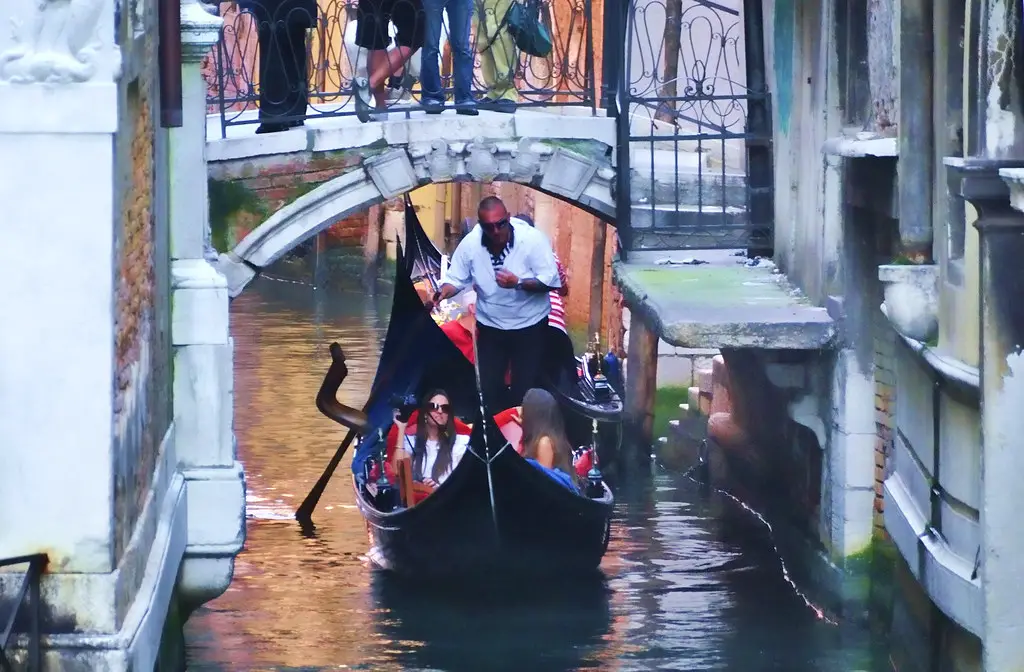
Romantic gondola rides, Renaissance architecture, and… knee-deep water? Venice has been sinking for centuries, but the past few years have turned “the floating city” into more of a drowning one. According to National Geographic, record floods and rising sea levels have pushed the city closer to permanent damage—and yes, climate change is the villain here.
High tides (or acqua alta) are no longer seasonal; they’re semi-regular and worsening. Saltwater is eating away at centuries-old buildings, while tourism adds extra pressure to fragile infrastructure. The MOSE flood barrier system was designed to help, but critics say it’s not a long-term fix. Meanwhile, some residents are bailing (pun very much intended), and UNESCO has issued warnings. With rising temperatures and seas showing no sign of chill, Venice could become more lagoon than livable. If you want to see St. Mark’s Basilica not underwater, you’ve got a limited window. Bring boots. And maybe a backup boat.
2. Great Barrier Reef, Australia

Technically not “built” by humans, but spiritually? A landmark of global awe. The Great Barrier Reef is the largest coral system on Earth—and one of the fastest disappearing. The Guardian reports that repeated mass bleaching events due to rising ocean temperatures have already wiped out half the reef since 1995.
Corals can only handle so much heat before they get stressed, expel their vibrant algae, and go ghost-white (which sounds cute but is actually a death sentence). And when the reef dies, so does one of the most biodiverse marine ecosystems on the planet. The loss isn’t just ecological—it’s cultural and economic. Indigenous communities who’ve stewarded these waters for generations are watching their ancestral home vanish. Tour operators are already adjusting snorkel routes to avoid bleached zones. The reef’s future hinges entirely on reducing global emissions—so, uh, no pressure. Visit while you still can, but don’t touch anything. Seriously.
3. Machu Picchu, Peru
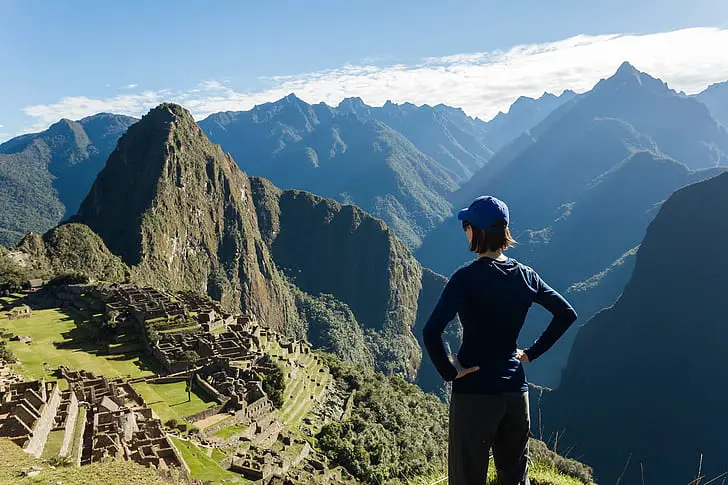
Machu Picchu is breathtaking—and not just because of the altitude. Perched in the Andes and cloaked in mist, this Incan citadel is one of the most iconic archaeological sites on the planet. But experts warn it might not be around forever, especially with Renovables Verdes reporting increased threats from erosion, landslides, and too many tourists traipsing through sacred terrain.
Heavy rains have already caused part of the trail to collapse, and deforestation in nearby areas is destabilizing the soil. Add foot traffic from thousands of visitors a day and you’ve got a slow-motion disaster. The Peruvian government has introduced caps and timed entry tickets, but enforcement is tricky and often inconsistent. Some archaeologists argue that tourism is speeding up the site’s decay more than climate ever could. There are whispers that larger sections might eventually be closed off entirely. So if Machu Picchu’s been on your “someday” list, you might want to fast-track that flight. Altitude sickness is temporary. Losing this treasure would be forever.
4. Rapa Nui (Easter Island), Chile

Those mysterious stone heads (Moai) are more than just viral photo ops—they’re sacred relics of Rapa Nui culture, carved centuries ago by Polynesian settlers. But rising seas and coastal erosion are threatening to knock them over—literally. As Time explains, many of the statues stand dangerously close to collapsing cliffs, and the waves are creeping in faster every year.
Some Moai have already toppled or been displaced. Climate change is speeding up erosion, but illegal construction and wildfires haven’t helped either. For the local Rapa Nui people, this isn’t just about tourism—it’s a cultural crisis. The Moai represent ancestors, spirituality, and identity. Losing them would be like erasing entire family trees carved in stone. Efforts to relocate or reinforce the statues are in motion, but resources are limited and time is tight. It’s a race between rising tides and preservation crews—and the tides are winning.
5. Hampi, India
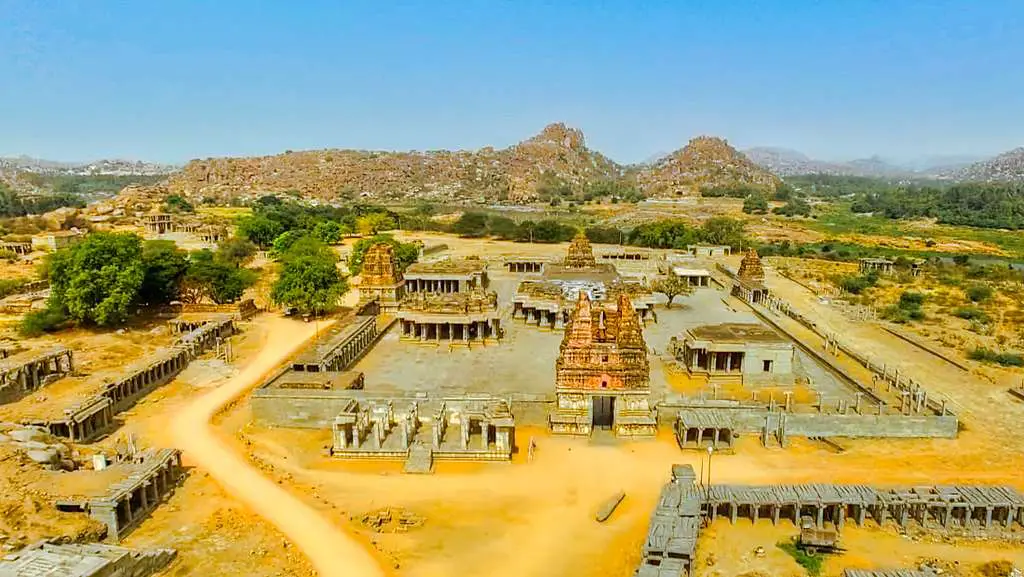
Once the capital of a powerful Hindu empire, Hampi is a sprawling, otherworldly ruin of stone temples, markets, and palaces. Picture ancient grandeur, minus the crowds of Rome. But in recent years, the site has been under threat from unchecked tourism, poor maintenance, and surrounding urban development. The Deccan Chronicle revealed that modern construction, including bridges and highways, is encroaching on this UNESCO World Heritage site.
Vibrations from vehicles are damaging the delicate stonework, while informal vendors and souvenir stalls clutter sacred zones. Efforts to limit traffic have faced pushback from locals who rely on tourism income. Meanwhile, some structures are already showing visible cracks and decay. The fear isn’t just about damage—it’s that Hampi might be “modernized” beyond recognition. Preservationists are sounding alarms, but change is slow. The longer we wait, the closer this ancient marvel gets to blending in with the sprawl. If you want to walk through a living legend, go before the roads do.
6. The Dead Sea, Israel/Jordan
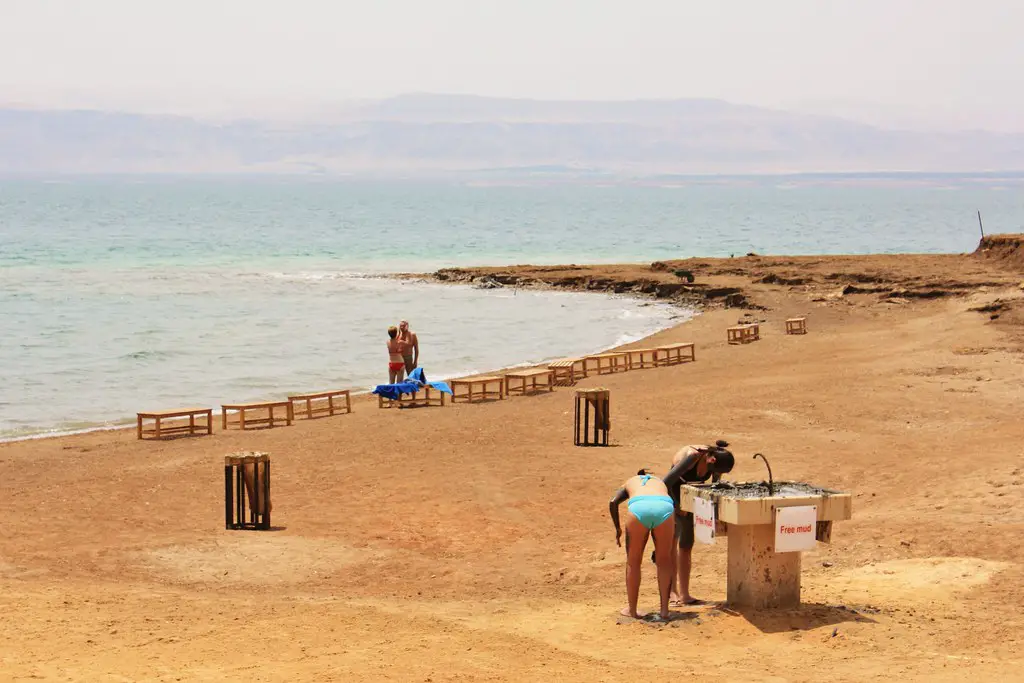
Once a destination for spa getaways and floaty Instagram pics, the Dead Sea is now dying for real. Its water level is dropping over three feet per year, creating giant sinkholes and swallowing nearby roads like a salty monster. That mineral-rich mud people slather on their faces? Slowly turning into dust. Why? Because water from the Jordan River, the sea’s main source, is being diverted like crazy for farming and drinking supplies.
Tourism hasn’t helped either—resorts are building closer to the receding shoreline, chasing an ocean that’s literally ghosting them. Experts are warning that if nothing changes, this iconic body of water could shrink into a puddle within a few decades. Sinkholes now number in the thousands and are growing rapidly, making the ground as unstable as a Hollywood relationship. Locals are losing land, infrastructure is cracking, and environmental efforts remain patchy at best. This isn’t just a climate thing—it’s a human mismanagement thing. Go float while you still can. Just maybe don’t park too close to the edge.
7. The Tower of London, England

This isn’t just where Anne Boleyn lost her head—now the Tower itself might lose its footing. Rising sea levels and increased flooding along the River Thames are putting major pressure on London’s historic shoreline. Combine that with centuries-old foundation stones and a steadily warming climate, and suddenly one of Britain’s most iconic buildings feels a bit wobbly.
The Tower is technically protected, but modern weather patterns are laughing at centuries-old defense systems. Flash floods, erosion, and humidity swings are threatening the structural integrity of everything from the White Tower to the outer walls. Restoration crews are in constant motion, but they’re basically playing Jenga with medieval limestone. As if that weren’t enough, nearby development is also shaking things up—literally, in the form of underground tunneling and vibrations. If we’re not careful, we might end up with the Tower of London: Underwater Edition. And let’s be real, no amount of crown jewels will fix that. So if you want to see it in its full Gothic glory, don’t wait.
8. Timbuktu, Mali

Once a legendary hub of knowledge and trade, Timbuktu is now at risk of fading into literal dust. Its ancient mosques and manuscripts have survived centuries of desert storms, but modern threats—climate change, armed conflict, and urban encroachment—are pushing it to the brink. The city is facing desertification so intense, sand dunes are swallowing streets like nature’s slow-motion landslide.
Add to that rising temperatures, erratic rainfall, and the occasional extremist attack on cultural sites, and you’ve got a recipe for erasure. UNESCO has listed parts of Timbuktu as “in danger,” but security issues make restoration efforts wildly difficult. Centuries-old mudbrick structures can’t handle modern weather without constant repair, and there’s not enough funding or stability to keep up. Preservation teams often can’t even access the sites due to safety concerns. And while digital archiving is underway, it’s a poor substitute for walking the real stone alleys. Timbuktu isn’t just a symbol of Africa’s golden age—it’s a litmus test for what we’ll fight to save. And so far, the fight is losing.
9. Glacier National Park, USA

Okay, the name kind of gives it away—if the glaciers vanish, so does the brand. And sadly, that’s exactly what’s happening. Glacier National Park in Montana has already lost more than 80% of its ice since the late 1800s, and the melt is speeding up. Some experts say the park could be nearly glacier-free by 2030. Let that sink in: a place named for glaciers might not have any left.
The disappearing ice isn’t just a branding crisis—it’s an ecological one. Glacial melt feeds rivers, regulates temperatures, and keeps entire ecosystems in balance. Without it, fish die, forests dry, and wildlife migrates or starves. Plus, it makes for fewer jaw-dropping views, which is a total bummer for both tourists and locals. The park service is doing what it can, but global warming doesn’t take PTO. If you’ve been dreaming of that iconic blue ice backdrop, now’s the time.
10. Sanaa Old City, Yemen

Sanaa’s Old City looks like something out of a storybook—gingerbread-like buildings with intricate white trim stacked close together like earthen skyscrapers. But this UNESCO World Heritage site has been battered by years of civil war, air strikes, and neglect. Many of the ancient homes, some over a thousand years old, are crumbling due to bomb damage and rain seepage.
The clay-and-brick architecture needs constant upkeep, and that just hasn’t been possible during a full-blown humanitarian crisis. Looting has also taken its toll—artifacts are vanishing into black markets, and there’s no one around to stop it. Even before the war, Sanaa was on the brink due to urban sprawl and infrastructure issues. Now, it’s on life support. What remains is hauntingly beautiful but deeply fragile. Without a major turnaround in peace efforts and international aid, this iconic skyline could be reduced to rubble. If you’ve seen photos of it glowing at dusk, you know—it deserves a chance.
11. The Everglades, USA
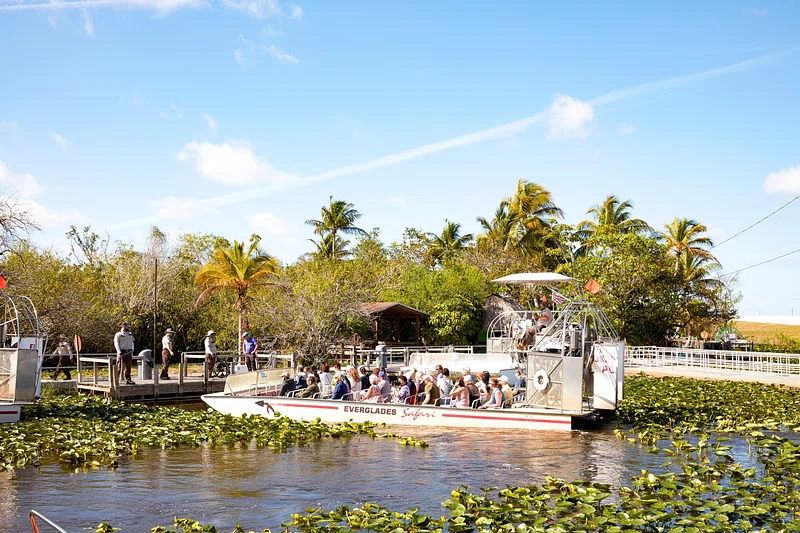
Florida’s Everglades aren’t your typical “landmark,” but they’re a cultural and ecological wonder all the same. This subtropical wilderness has been slowly draining away, thanks to decades of human development, water redirection, and now, sea level rise. The “river of grass” that once stretched across most of South Florida is now patchy and polluted.
Its slow-moving water once filtered and nourished ecosystems across the region, but it’s now filled with runoff, algae, and invasive species. Add in rising seas pushing saltwater inland and you’ve got mangroves where there used to be marshes. Wildlife like panthers, manatees, and spoonbills are hanging on by a thread. Restoration projects are massive but underfunded, and political gridlock means progress is glacial. The Everglades are a living time capsule—and losing them would be like erasing a chapter of North America’s natural history. Airboats and gators may still grab headlines, but underneath it all, things are dying off quietly. Visit soon, and maybe bring a kayak… and a prayer.
12. Shakhrisabz, Uzbekistan
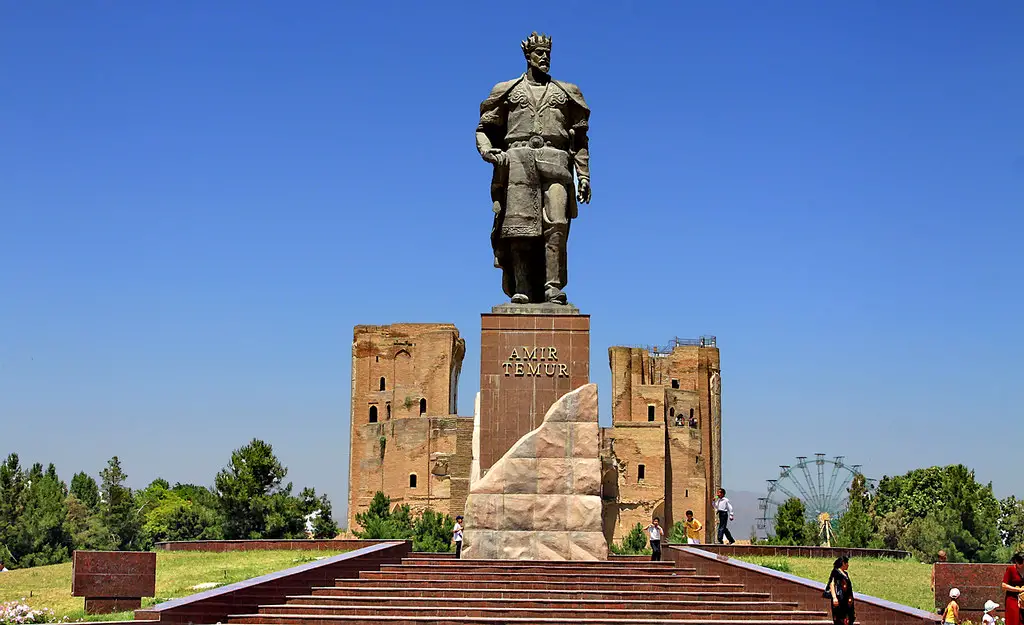
Ever heard of it? You should have. Shakhrisabz is the birthplace of Timur (aka Tamerlane), one of Central Asia’s most legendary conquerors. The city features grand gates, palaces, and mosaics from the 14th century, all tucked into a sleepy corner of Uzbekistan. But massive redevelopment in recent years has bulldozed large parts of its historic core.
In an attempt to attract more tourists, officials tore down residential areas and rebuilt plazas—losing priceless architectural fragments in the process. The city’s UNESCO status is currently “in danger,” and preservationists are sounding every alarm. What’s left is part ancient marvel, part awkward open-air mall. Authenticity is at stake, and once it’s gone, you can’t just paste it back together. Shakhrisabz is proof that over-polishing can destroy what made something special to begin with. If you want to see what Timur saw, the clock’s ticking. Go before it’s just souvenir shops.
13. Chinguetti, Mauritania

Once a bustling stop for pilgrims crossing the Sahara, Chinguetti is now quietly fading into the dunes. The city’s ancient libraries hold Qur’anic manuscripts from the 13th century, and the architecture is a stunning mix of Islamic design and desert survival. But like many desert towns, it’s losing the fight against sand, wind, and time.
Dunes are slowly swallowing streets, and the dry, shifting climate is making it harder to preserve delicate buildings. Fewer people live there now, and even fewer know how to maintain its unique sandstone structures. The books are at risk too—stored in family-run libraries with no climate control. Efforts to protect the site have been sporadic at best, and tourism can’t fund what’s needed. Chinguetti is a time capsule of faith, learning, and resilience. But it won’t last without serious support. And when it’s gone, so is a piece of history that once connected three continents.
